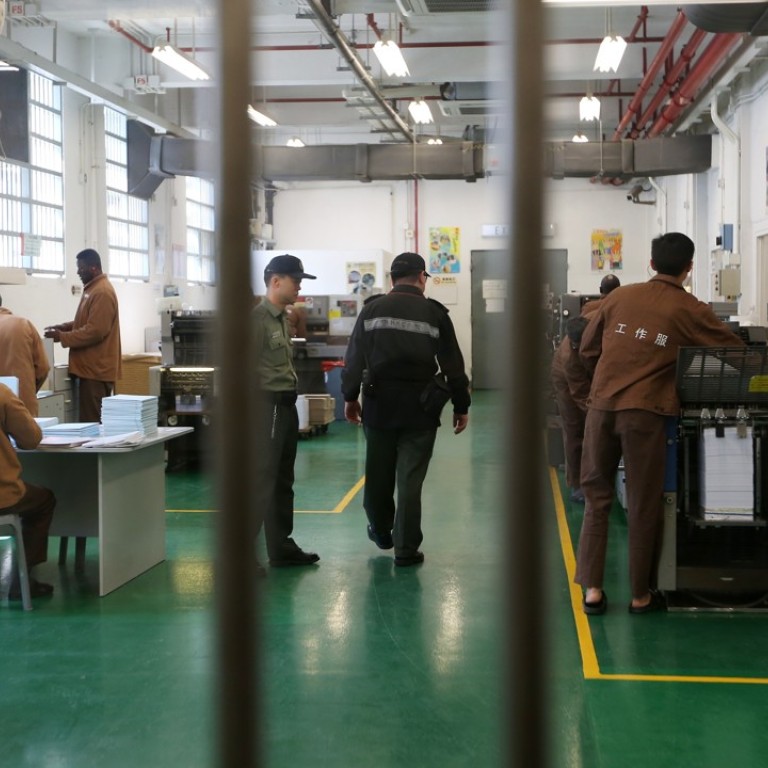
Crime and punishment in Hong Kong: how long, exactly, is a life sentence?
News of a recent robbery suspect’s past convictions has cast the spotlight on prisoners who receive reduced sentences. Thrown into prison over two decades ago, the suspect was to live out the rest of his life behind bars. But he got out of jail as a change to Hong Kong laws in 2004 resulted in his sentence being shortened.
Who decides whether criminals spend their lives behind bars?
During British rule before July 1997, there were two types of life imprisonment. One was a mandatory term, where the judge would have to sentence all offenders to a minimum sentence. The other was discretionary, left to the judge to decide and also termed indefinite imprisonment, as it meant prisoners would be detained “at Her Majesty’s pleasure”. Their sentence might be reviewed as a power of the Crown on a case-by-case basis.

Soon before the city’s return to Chinese rule, the Criminal Procedure Ordinance was revised to introduce a minimum sentence to prisoners serving discretionary life imprisonment. Under the system, the term of imprisonment would be approved by the then governor, based on the recommendation of the chief justice on examining original trial documents.
After the handover, the power to set minimum imprisonment was transferred from the governor to the leader of the city, the chief executive.
Why was there a change in the law in 2004?
In the years soon after the handover, the chief executive still received the chief justice of the Court of Final Appeal’s recommendation and approved the new minimum sentences. The government later said that the chief executive had never rejected chief justice’s recommendation.

The chief executive’s power to review sentences under the Criminal Procedure Ordinance was successfully challenged in a 2002 case at the High Court. The court ruled that for the executive branch of the government to fix a sentencing was against the Basic Law and the principle of separation of powers.
In light of this ruling, the government revised the ordinance in 2004. The change meant the power to fix the minimum term of imprisonment was transferred to a High Court judge. The Long Term Prison Sentences Review Board would review sentencing every two years and make recommendations to the judge.
How does it work now?
When determining the new minimum sentences, the presiding judge would consider the seriousness of the original offences, the deterrent effect, and consider correctional and psychological reports.
Prisoners are entitled to appeal the terms all the way up to the Court of Final Appeal and argue for a shorter sentence.
Were there other criminals given fixed sentences or released earlier?
There were 32 cases involving 12 prisoners serving discretionary life sentences and 20 young murderers as of April 1996. The number slightly dropped to 25 in 2004.
There was also a number of high-profile murder and robbery cases and the defendants were given a fixed term of sentencing. Some were released early after reviews by the Long Term Prison Sentences Review Board. These included:

Lam Pak-hung, who was convicted of seven counts of robbery and seven counts of rape in 1986, including raping students aged between 12 and 21 on their way to school. He was given a minimum term of 25 years in 2004.

